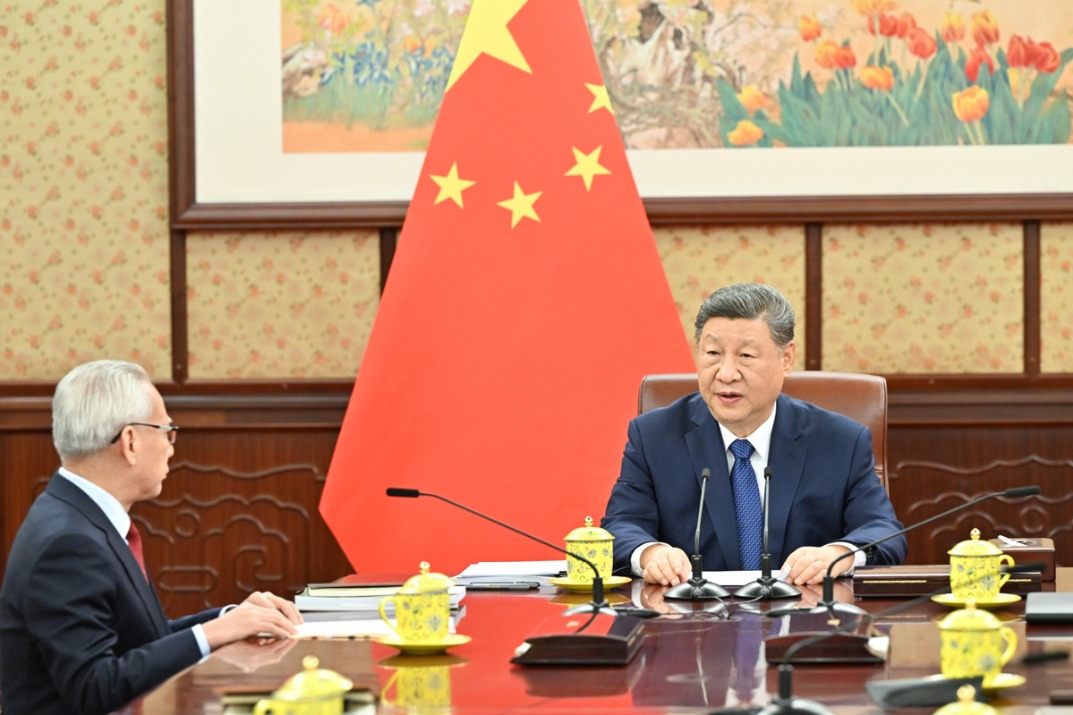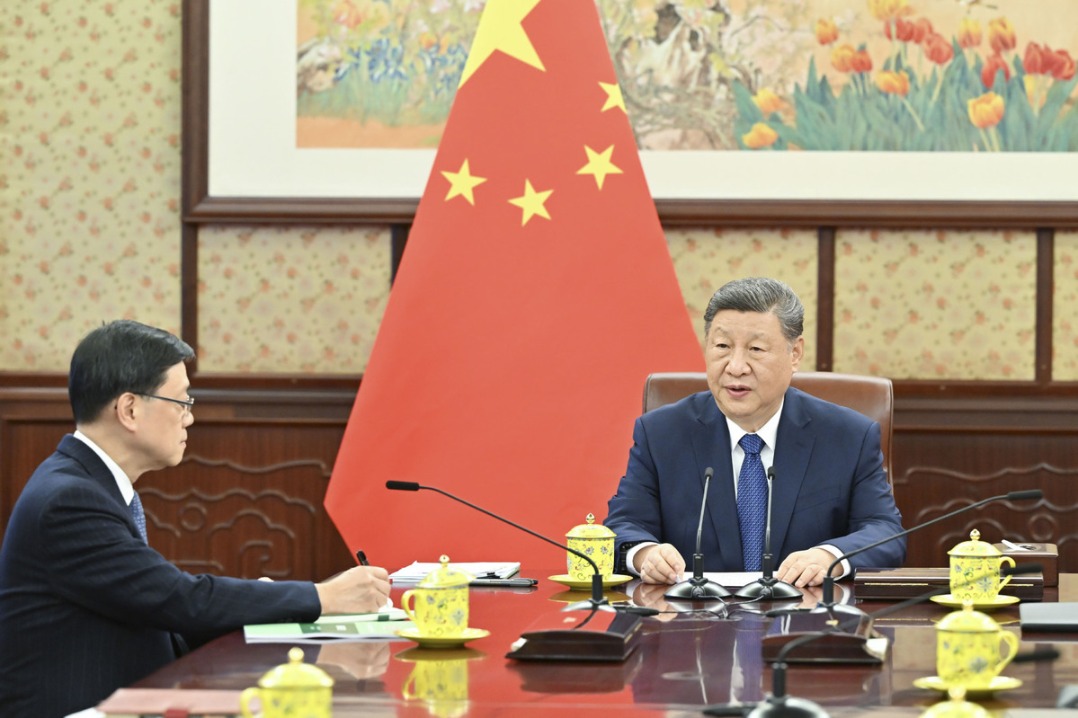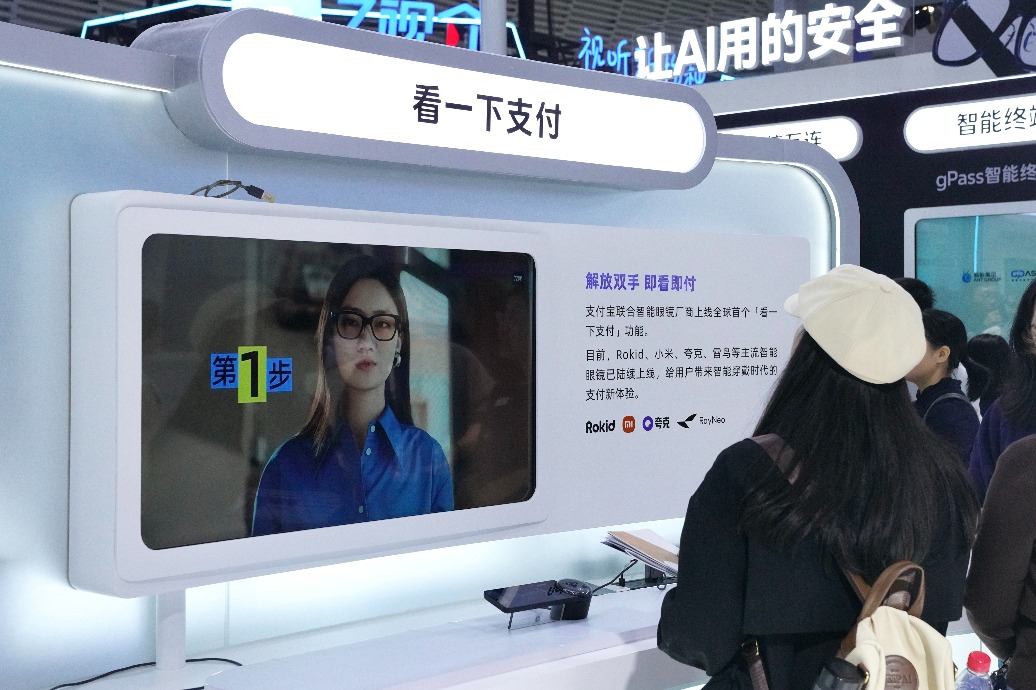US' investment policies target China's tech drive: China Daily editorial

The United States talks a good game about "unfair" trade practices. But the actions it has taken belie its words.
On the one hand, it is demanding China open its market to US companies. On the other, it is creating obstacles for Chinese investments in the US that do not accord with the principle of fairness, equality and reciprocity that it says it is upholding.
That it is unwilling to compete on a level playing field has been revealed once again by reports that the US Treasury is reportedly considering ways to set limits on Chinese investments in the country's high-tech fields by invoking an emergency powers law and bringing forward security review reforms for corporate acquisitions.
For years Chinese companies have invested in the US, creating jobs and deepening relations between the world's two largest economies. Yet that mutually beneficial momentum has met strengthening headwinds due to the increasingly tougher regulatory environment encountered by Chinese enterprises with plans to invest in the US.
To rationalize its increasingly unfriendly investment policies toward China, Washington is trying to give Beijing a bad name, accusing it of being a thief of intellectual property. But this accusation is both unfair and unfounded. According to Nicholas Lardy, a researcher at the Peterson Institute for International Economics, China paid almost $30 billion, the fourth-largest amount worldwide, on licensing fees and royalties for the use of foreign technology last year, nearly a four-fold increase over the last decade.
Meanwhile, the idea that China can only imitate not innovate has been passé for a while.
To suggest that it can only acquire technology through forced technology transfers is to be stuck in the past. China's total spending on research and development is estimated to have hit 1.76 trillion yuan ($279 billion) last year, a year-on-year increase of 14 percent. It is now the world's second-largest spender on research and development after the US. According to the US' National Science Foundation, it is expected to take the lead within the next five to 10 years. And China has and is incentivizing the commercialization of R&D breakthroughs.
Last year, it outlined a plan to build a National Technology Transfer System by 2025 that will promote scientific and technological achievements and the realization of their economic value.
Which points to the real reason the US is coming up with more and more excuses to target Chinese investments and major tech companies. They are aimed at throttling China's plan to transform itself into a global technology power.
The Made in China 2025 strategy, which covers high-tech industries from telecommunications to robotics, has obviously worried Washington that its cheese is being moved.
Today's Top News
- Crossing a milestone in the journey called Sinology
- China-Russia media forum held in Beijing
- Where mobility will drive China and the West
- HK community strongly supports Lai's conviction
- Japan paying high price for PM's rhetoric
- Japan's move to mislead public firmly opposed






























